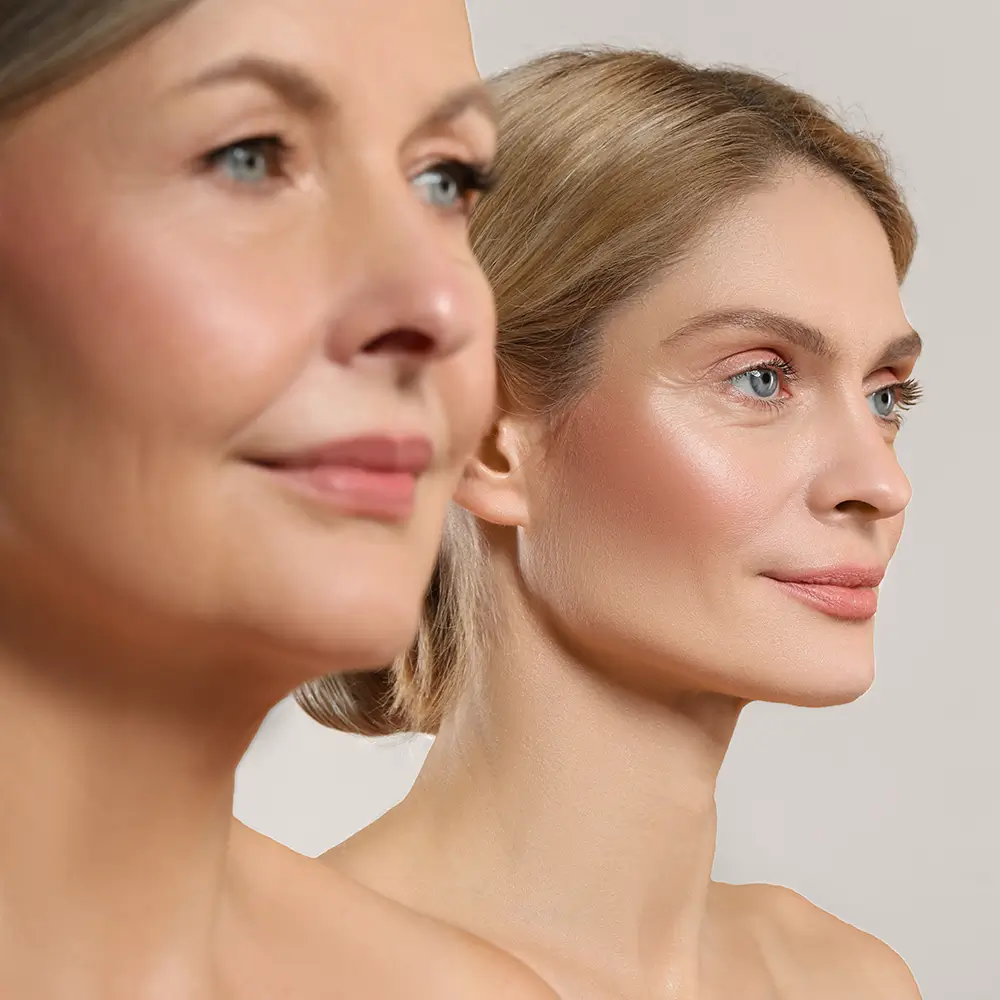We draw on the latest longevity research and technology to provide you with a solution so you can live healthy today and tomorrow.
Schedule an appointment


According to the latest studies on longevity, there are 12 mechanisms by which we age, called the "12Hallmarks of Aging".
These features are the complex biological processes we target with our solutions to help you extend your quality of life.




You are unique! Based on your unique biological profile, we advise you on the most effective science-backed lifestyle interventions, optimization and treatment for you.
